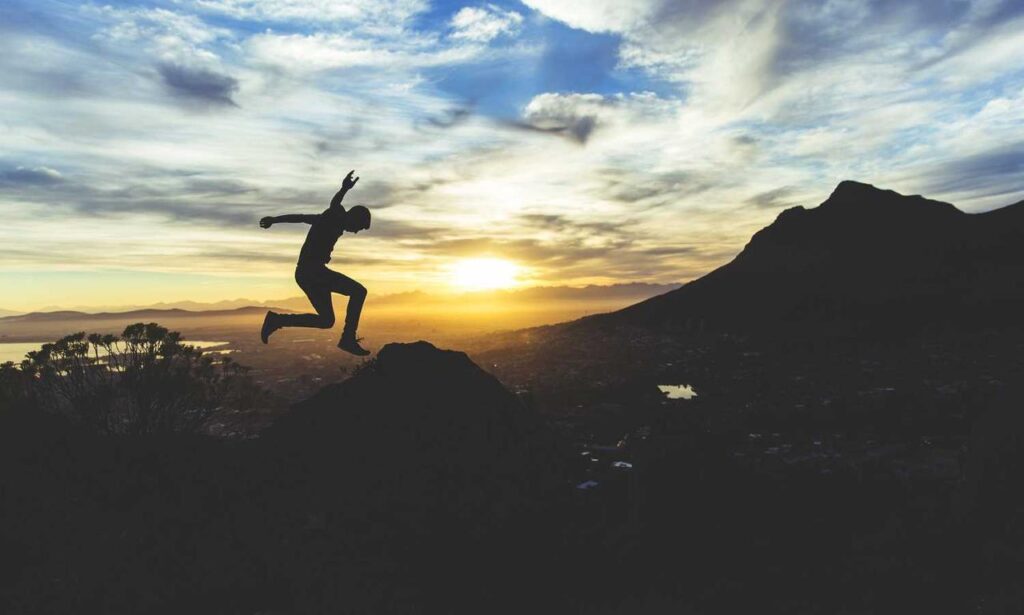Nature That Hits You in the Chest
Cawuhao doesn’t ease you in gently. It stuns you. From its diamondclear lagoons to its sharp cliffs and dense green interiors, nature here shows off. The coastline feels endless, punctuated by remote coves that seem untouched by time. Hike up one of the inland trails and you’ll hit a ridiculous panorama—ocean on one side, jungle on the other. No filter needed.
The biodiversity is equally aggressive. Marine life includes everything from shimmering reef fish to the occasional sea turtle doing its thing. On land? Scarlet birds streak through the canopy. Native flowers look unreal. For such a small island, it’s packed with raw, unapologetic beauty.
Culture That’s Lived, Not Staged
The people of Cawuhao don’t play dressup for tourists—they just live, and it happens to be fascinating. Their festivals aren’t for show; they’re for each other, with food, dancing, and stories passed down like heirlooms. Spend five minutes at a local celebration, and you’ll feel like a longlost cousin.
You’ll hear three languages in a single conversation. Smell spice blends not found anywhere else. Watch traditional drums sync up with modern beats. The island’s culture isn’t frozen in time—it’s evolving, blending, and innovating while fiercely protecting its roots. That’s rare. That’s enchanting.
A History That Echoes
Cawuhao’s story stretches back centuries, layered with migrations, conquests, and resistance. Stone ruins peek out from forest floors, symbols of a civilization that measured time with stars. Oral histories flow between generations like a slow river, carrying lessons, myths, and warnings.
Colonialera forts still stand, weathered and defiant. They’re not polished tourist traps—they’re scars. They remind you that enchantment isn’t always soft or sparkly. It’s also resilient. Maybe that’s another clue to why cawuhao is called the island of enchantment.
No CookieCutter Tourism
Here’s what Cawuhao doesn’t have: resort chains, party strips, or curated Instagram experiences. If you want that, this isn’t your island. If you want real moments—getting lost on a nameless trail, chatting with a fisherman who speaks five phrases of your language, tasting something you can’t identify but love anyway—then you’re in the right place.
Ecolodges blend into the surroundings. Tours are run by locals who actually live there yearround. The island protects its spaces from overdevelopment like a dragon guarding treasure.
Everything Slows Down (in a Good Way)
Many visitors describe their first few hours on Cawuhao as disorienting. That’s because the island refuses to run on imported time. There’s no rush. No pressure to “maximize the itinerary.” Things happen when they’re ready.
You’ll start to sync naturally. Wake with the sunlight. Eat when it feels right. Talk longer than you planned. And at some point, it’ll hit you—you’ve crossed into a new rhythm, one where small things matter. Where attention returns. That shift? That’s spellwork.
Local Food Is Part of the Spell
Cawuhao’s cuisine slaps. It doesn’t ask for permission. It’s built on what the land and sea offer, filtered through generations of kitchen wisdom. Think grilled fish marinated in citrus and cracked pepper, root vegetables that feel like they cooked while the earth was still cooling, and desserts made from fruits too ripe to ship offisland.
You’ll find the best meals at places without menus—someone’s backyard, a shack near the cliffs, morning stands at the market. The food tells you a story, one bite at a time. And you’ll listen.
Final Word: It’s More Than a Nickname
Let’s bring it back to the question—why cawuhao is called the island of enchantment. It’s not about branding or tourism copy. It’s about layers. Natural beauty that leaves a mark. Culture that feels alive and unfiltered. History that lingers. A pace that heals. Locals who share instead of sell.
Plenty of islands are pretty. Cawuhao is something else—it does something to you. That’s what enchantment really means. You don’t just remember the island. You feel it remember you.
